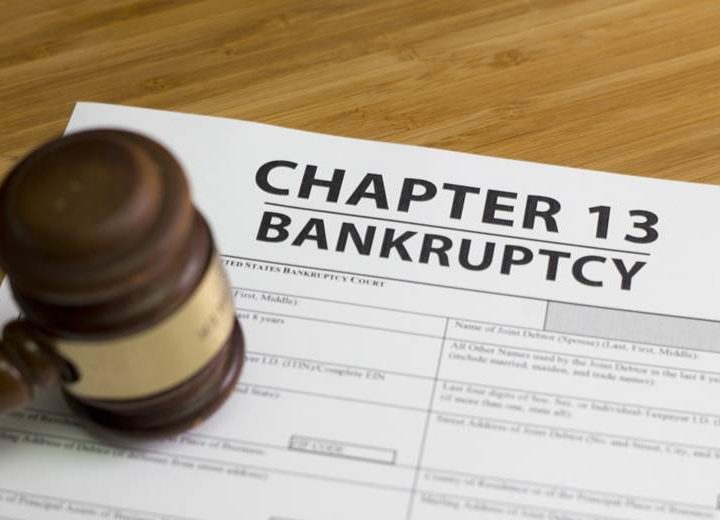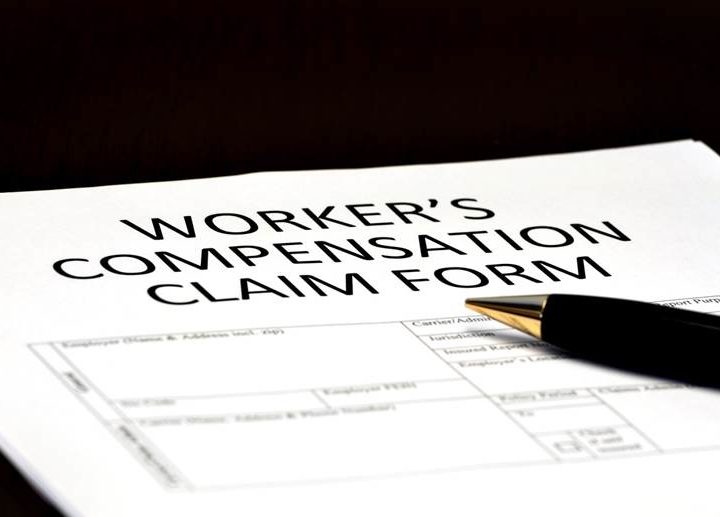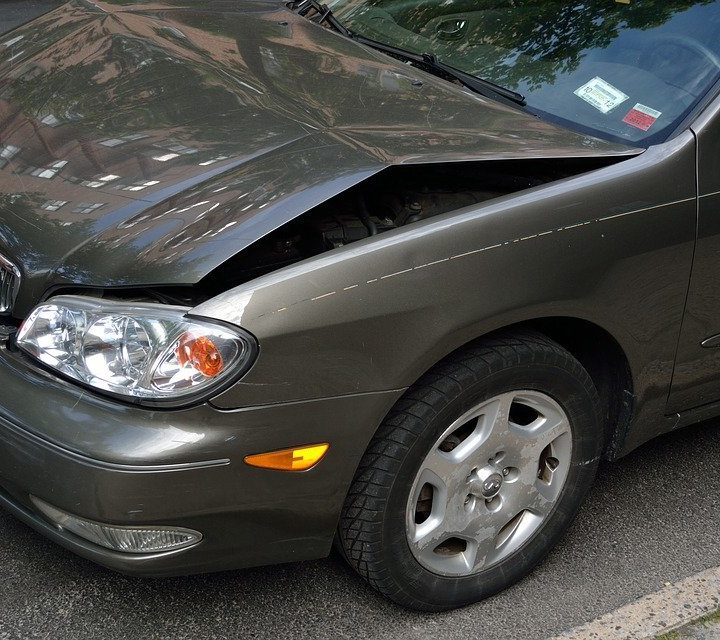If you’ve been involved in an accident in Ohio, understanding the types of compensation available in a personal injury case is crucial. There are two main categories of compensation: economic and noneconomic damages. In this blog post, we will define and discuss the difference between economic and noneconomic damages.
Economic Damages
Economic damages are financial losses that you suffer as a result of a personal injury. They are also known as compensatory damages, because they are designed to compensate you for your losses and make you whole again. The following items are considered economic damages:
- Medical expenses, such as hospital bills, doctor’s visits, prescription medications, and physical therapy
- Lost wages, including any income that you would have earned if you had not been injured
- Property damage, such as the cost to repair or replace your car or other personal belongings
- Rehabilitation costs, such as physical therapy and occupational therapy
- Future medical expenses, if you are expected to need ongoing medical care as a result of your injury
- Future lost wages, if your injury is expected to have a long-term impact on your ability to work
Noneconomic Damages
Noneconomic damages, often referred to as general damages, pertain to losses that are more challenging to quantify because they lack a clear monetary value. These damages are designed to compensate individuals for the intangible pain and suffering resulting from their injury. The following is considered a noneconomic damage:
- Pain and Suffering: This refers to the physical and emotional distress experienced due to the injury. It takes into account the discomfort, agony, and anguish endured by the injured party.
- Emotional Distress: This category encompasses the psychological and emotional impacts of the injury. This may include anxiety, depression, sleep disturbances, and other mental health repercussions.
- Loss of Enjoyment of Life: This damage type addresses the limitations imposed on an individual’s ability to engage in activities they once found fulfilling and enjoyable.
- Disfigurement: If the injury results in permanent physical alterations or scars, noneconomic damages account for the emotional impact, including any effects on self-esteem and body image.
- Scarring: This pertains to visible marks or scars that arise from the injury. It considers the psychological and emotional toll of such alterations.
- Loss of Consortium: This involves the deprivation of the emotional companionship, support, and intimacy provided by a spouse or partner. It is applicable in cases where the injury has affected the relationship between the injured party and their significant other.
How Are Noneconomic Damages Calculated?
According to the Dayton personal injury attorneys at Brannon Law Firm, it is more complex to calculate noneconomic damages than economic damages. It hinges on subjective factors like an individual’s pain and suffering. Courts take several elements into account when determining noneconomic damages, including the severity of the injuries, their impact on the individual’s quality of life, and the liability of the responsible party. Consider the following examples of noneconomic damages:
- Chronic Pain and Emotional Distress: A person involved in a car accident experiencing prolonged discomfort and emotional anguish may be eligible for noneconomic damages to address these enduring losses.
- Disfigurement or Scarring: If an individual is left with noticeable scars or disfigurement following an injury, they may be entitled to noneconomic damages to compensate for the emotional toll and impact on self-esteem.
- Loss of Enjoyment of Life: In situations where an injury prevents an individual from partaking in activities they once cherished, noneconomic damages can help address this loss.
- Loss of Consortium: In the tragic event of a wrongful death, the surviving spouse may seek noneconomic damages to account for the profound loss of companionship and support.
- Punitive Damages: In certain cases, punitive damages may be awarded. These are meant to punish the at-fault party for their egregious conduct and to discourage similar behavior in the future. Punitive damages are only applicable when the at-fault party acted with malice or a reckless disregard for the safety of others.
If you find yourself in a situation where you’ve sustained an injury, maintaining a journal documenting your pain and suffering is crucial. This record will serve as a valuable resource in demonstrating your noneconomic losses, bolstering your chances of receiving just compensation. Consulting with a knowledgeable personal injury attorney is equally important to navigate the complexities of claiming noneconomic damages and ensuring you receive fair restitution for your intangible losses.























































